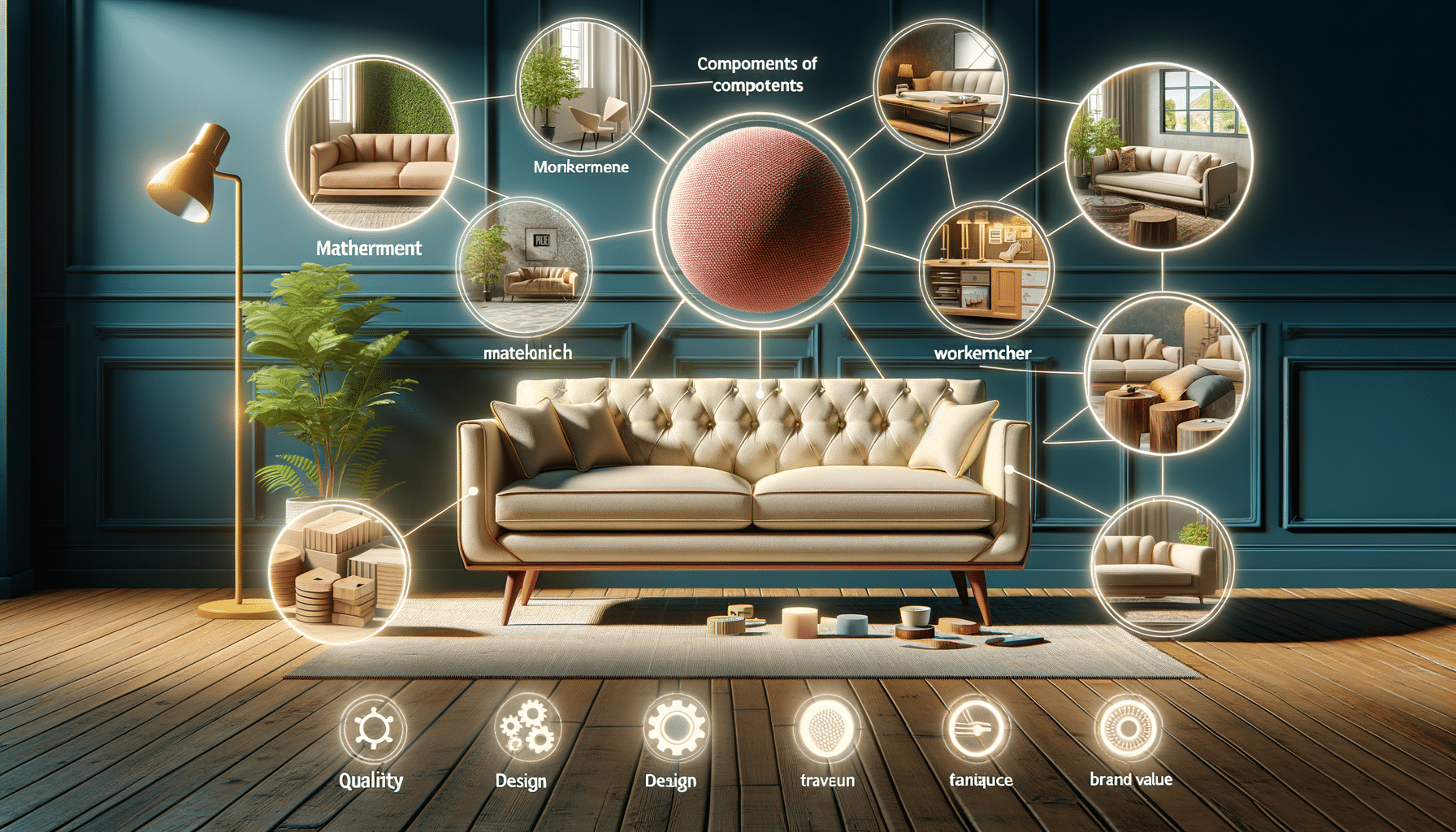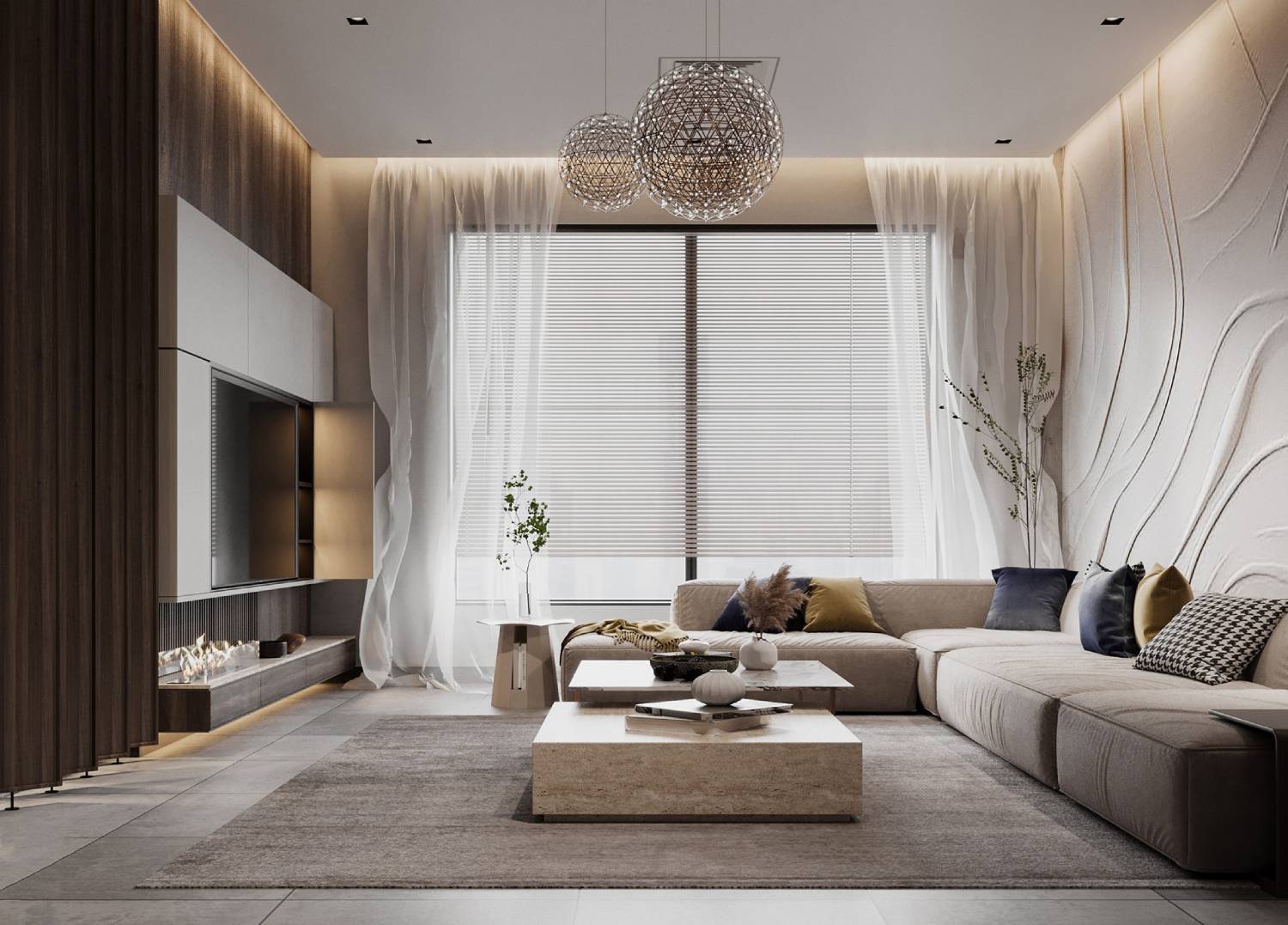
Space-Saving Furniture Ideas for Minimalist Homes
Redefining Space in Modern Minimalist Living
In today’s fast-paced world, more and more people are embracing minimalist living. It’s not just a design trend—it’s a lifestyle choice rooted in simplicity, clarity, and intention. One big challenge for many minimalists is using limited space well. This is especially true for those in small apartments or compact homes. That’s where space-saving furniture comes into play.
Smart furniture saves space and reduces clutter. This creates a calm environment that boosts mental well-being. In this blog, we’ll look at effective space-saving solutions and minimalist furniture ideas. These designs combine form and function in a beautiful way. Whether you’re a city dweller in a studio flat or looking to declutter your family home, you’ll find practical, stylish solutions here.
The Minimalist Mindset: Less Is More
Minimalism goes beyond clean surfaces and neutral palettes. It’s about being intentional with what you bring into your home. Every item must serve a purpose or bring joy.
Why Minimalist Furniture Matters:

- Reduces visual clutter
- Encourages mindful consumption
- Simplifies maintenance
- Enhances room functionality
Minimalist furniture should ideally offer versatility, sleek design, and durability. Instead of filling your home with multiple items, opt for a few thoughtfully chosen pieces that can adapt to your needs.
Multi-Functional Furniture for Compact Living
1. Sofa Beds
The ultimate dual-purpose piece. A sofa bed functions as a stylish couch by day and a comfortable bed by night. Ideal for studio flats or guest rooms.
2. Nesting Tables
These clever tables can be stacked or used individually. It offers flexible surface space without permanent bulk.
3. Wall Beds (Murphy Beds)
A Murphy bed folds up vertically into a wall or cabinet when not in use. It’s perfect for small homes where floor space is premium.
4. Storage Ottomans
Stylish, comfortable, and sneaky. Ottomans with hidden compartments help keep blankets, magazines, or toys tucked out of sight.
5. Extendable Dining Tables
Ideal for those who entertain occasionally. Expand when needed, retract when not. Pair with stackable or folding chairs.
Vertical Space: The Forgotten Frontier
Use Your Walls

Wall-mounted shelves, hanging racks, and hooks free up floor space while offering practical storage.
Floor-to-Ceiling Storage
Install shelves or cabinets that run from floor to ceiling to make use of vertical real estate. It draws the eye upward, making rooms feel taller and more spacious.
Hanging Desks
Fold-down or mounted desks offer a workspace that disappears when not in use—ideal for remote workers with limited room.
Modular and Customisable Solutions
Modular Sofas
Reconfigure these sofas as needed. Great for those who like to rearrange or anticipate future moves.
Stackable Storage
From modular cube shelves to stackable bins, these solutions let you build the exact layout that suits your home.
Built-In Furniture
While pricier, custom built-ins can be tailored to your exact space, making every inch count. Think banquette seating with drawers underneath or built-in wardrobes.
Minimalist Bedroom: A Restful Retreat
Platform Beds with Storage

Opt for a low-profile bed with built-in drawers underneath. Great for stashing seasonal clothing or extra bedding.
Foldable Nightstands
If you don’t always need a bedside table, go for a collapsible version that you can store away when not needed.
Wall-Mounted Lighting
Skip floor lamps. Use sconces or mounted reading lights to free up bedside surfaces and add a clean, modern touch.
Kitchen and Dining: Practical and Sleek
Pull-Out Pantries
Slim pull-out cupboards maximise narrow spaces while keeping items organised.
Fold-Down Dining Tables
Mount on a wall and fold out when needed—a space-saving gem for tiny kitchens.
Magnetic Strips and Hanging Storage
Ditch bulky knife blocks and opt for magnetic wall strips. Use rails with hooks for utensils or mugs.
Bathroom: Tidy and Functional
Over-the-Toilet Shelving
Make use of dead space above the toilet for storing toiletries or towels.
Mirror Cabinets
Mirrors with built-in storage hide clutter and help small bathrooms feel more open.
Slim Rolling Carts
These compact trolleys fit in tight spots and can hold everything from cosmetics to cleaning supplies.
Living Room: Style Meets Utility
Floating Shelves
These create display areas without taking up floor space. Pair with plants or books for a touch of life and personality.
Hidden Cable Management
Choose furniture that conceals wires and tech clutter. A minimalist living room should feel serene and seamless.
Minimalist Media Units
Look for sleek, low-profile TV stands with smart storage to hide remotes, consoles, and more.
Home Office: Productivity in Small Spaces
Wall-Mounted Desks
Attach a desk to your wall that folds down when you need it. Ideal for converting corners or hallways into a work zone.
File Cabinets as Side Tables
Double duty: store paperwork while serving as a table for lamps or decor.
Pegboards for Supplies
A favourite among creatives, pegboards keep tools, notes, and accessories tidy and visible without eating up room.
Tips for Choosing the Right Minimalist Furniture
- Measure your space before purchasing anything.
- Prioritise multi-functionality.
- Stick to neutral colours and clean lines for a cohesive look.
- Choose quality over quantity. One well-made item beats five cheap ones.
- Look for hidden storage wherever possible.
The Environmental Impact: Minimalism Meets Sustainability
Choosing minimalist furniture often means choosing better-quality, longer-lasting pieces. This naturally reduces waste. Many brands now have eco-friendly options. They use sustainable materials like bamboo, recycled metal, or FSC-certified wood.
Minimalism promotes second-hand shopping, upcycling, and cutting back on waste. These habits support eco-friendly living.
Case Study: A Minimalist Studio in London
Sophie, a graphic designer living in a 400 sq. ft. studio in London, transformed her space using space-saving furniture:
- A Murphy bed freed up 60% of her floor space during the day.
- A wall-mounted fold-down desk doubled as her dining table.
- Floating shelves replaced bookcases, giving her room a light, airy feel.
- Her storage ottoman served as both a coffee table and linen storage.
The result? A calm, clean space that supports both her work and well-being.
Final Thoughts: Designing a Home That Works for You
Minimalism isn’t about deprivation; it’s about intentionality. Purposeful, space-saving furniture fills your home. It creates an environment that supports clarity, creativity, and calm.
It’s about making space for what matters most.
If you want to make the most of a small flat or simplify your home, minimalist furniture and space optimisation can change your living space and lifestyle.
Ready to Start Simplifying?
Take stock of your current space. Identify what you truly need, and consider how smart furniture choices can support your goals. Let your home be a sanctuary that reflects your values and gives you room to breathe.
Minimalist living starts with smart space solutions. Why not begin today?


